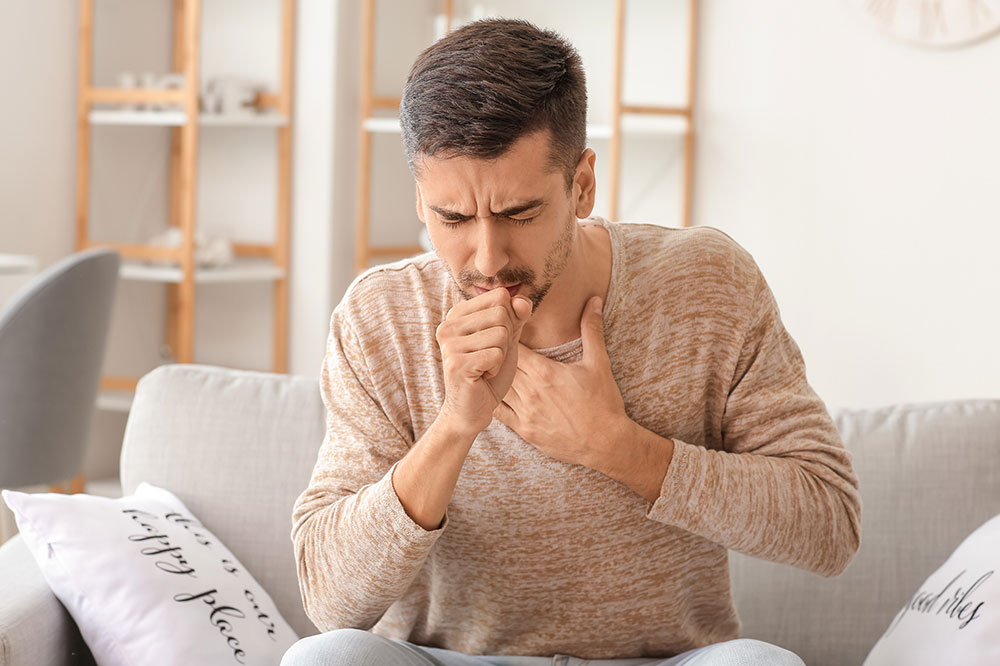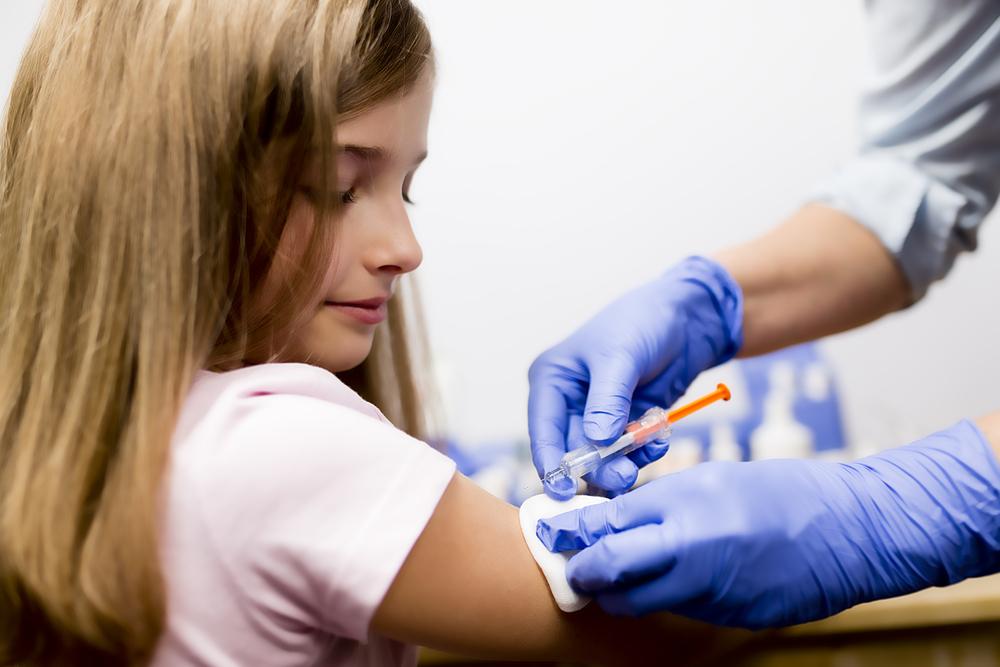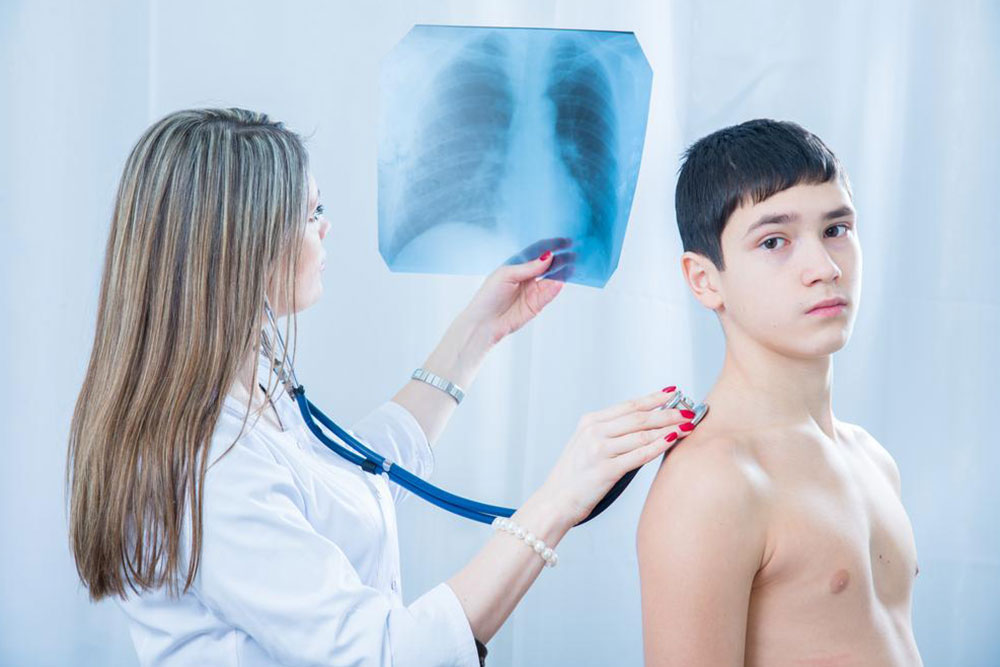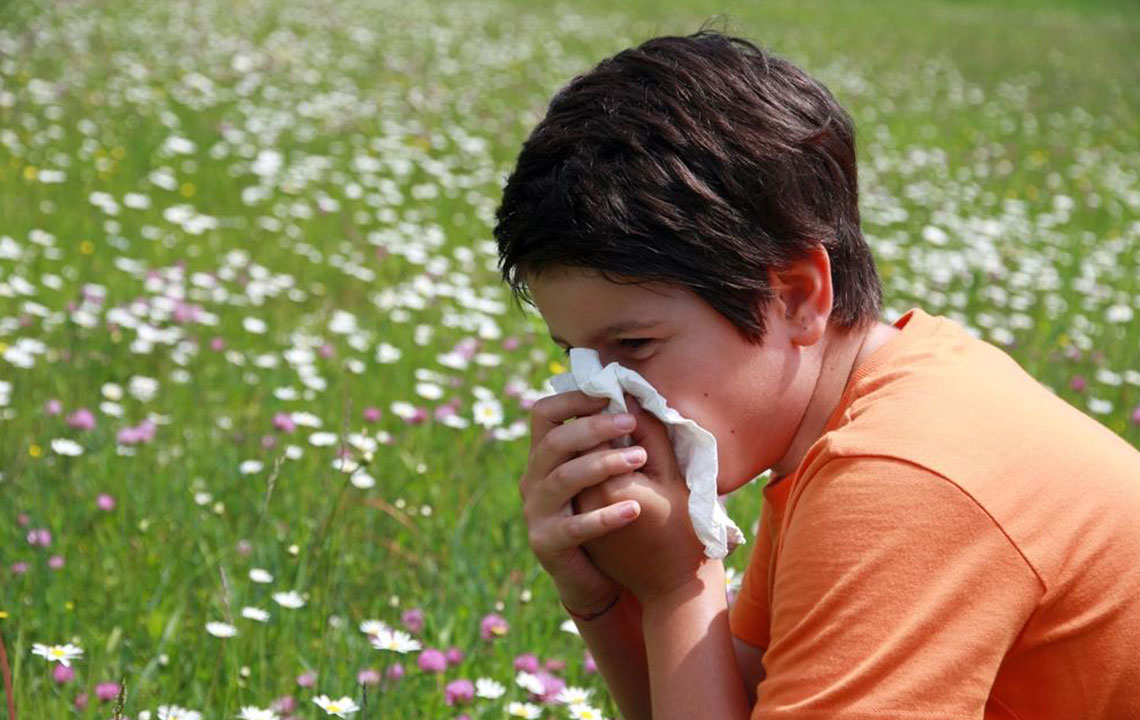Comprehensive Guide to Preventing and Managing Whooping Cough (Pertussis)
This comprehensive guide covers effective strategies for preventing and managing whooping cough (Pertussis). It emphasizes the importance of vaccination, timely antibiotic treatment, and home care practices to control outbreaks and protect all age groups, especially infants. Understanding the disease's risks, symptoms, and preventive measures can significantly reduce its impact on public health. Proper awareness and proactive health measures are vital in controlling the spread of this contagious respiratory disease and safeguarding vulnerable populations from severe complications.

Effective Strategies for Preventing and Managing Whooping Cough (Pertussis)
Whooping cough, medically termed Pertussis, is a highly contagious respiratory disease characterized by severe, uncontrollable coughing fits that can interfere significantly with breathing. Caused by the bacterium Bordetella pertussis, this illness affects individuals across all age groups, from infants to elderly adults. Despite its severity, Pertussis is a preventable and treatable disease, especially with early medical intervention and proper preventive measures. Understanding how to effectively prevent and manage whooping cough is crucial for safeguarding individual health and public well-being.
Understanding Whooping Cough and Its Risks
Whooping cough presents with symptoms that often start with mild cold-like signs—sneezing, runny nose, mild cough—and progress over subsequent weeks into persistent, severe coughing episodes. During these episodes, patients might make a characteristic 'whooping' sound on inspiration, particularly in young children. The illness can lead to complications such as pneumonia, seizures, brain damage, and even death in vulnerable populations, highlighting the importance of prevention and early treatment.
Prevention of whooping cough primarily revolves around vaccination, which is highly effective in reducing the incidence and severity of the disease. Vaccination programs have significantly decreased the number of cases worldwide, but sporadic outbreaks still occur, often linked to lapses in immunization or waning immunity.
Vaccination Strategies to Prevent Pertussis
Widely recommended for children, adolescents, and adults, the Tdap vaccine plays a vital role in preventing Pertussis. Infants typically receive the DTaP vaccine as part of their routine immunization schedules, starting at two months of age, with subsequent booster doses. For adolescents and adults, the Tdap booster is vital to reinforce immunity and prevent transmission.
In addition to routine immunization, pregnant women are advised to get vaccinated between 27 and 36 weeks of pregnancy. This strategy ensures transfer of protective antibodies to the fetus, reducing the risk of newborns developing severe disease before they can be vaccinated themselves.
Preventive measures extend beyond vaccination. Maintaining good hygiene, practicing respiratory etiquette (covering coughs and sneezes), and isolating infected individuals can significantly reduce transmission. Such practices are especially critical during outbreaks or in crowded settings such as schools, daycare centers, and healthcare facilities.
While vaccination offers robust protection, no vaccine guarantees complete immunity. Breakthrough cases can occur, especially as immunity wanes over time. Therefore, it’s essential for healthcare providers and individuals alike to remain vigilant and recognize early symptoms to initiate timely treatment.
Standard Treatment Options for Whooping Cough
As Pertussis is caused by bacteria, antibiotics are the mainstay of treatment. They help control the bacterial infection, reduce symptoms severity, and limit disease spread within communities. Commonly prescribed antibiotics include macrolides such as erythromycin, azithromycin, or clarithromycin.
Use of Antibiotics
Antibiotics are most effective when started early during the catarrhal phase—the initial mild symptoms. They can cure the infection and decrease contagion. Even vaccinated individuals with confirmed pertussis may require antibiotics to prevent secondary transmission.
It’s important to note that antibiotics do not eliminate all coughing episodes or reverse established lung damage but substantially decrease infectiousness and shorten illness duration. Patients might also require supportive treatment to manage symptoms, including fluids, rest, and medications to ease coughing.
Beyond antibiotics, supportive home care is essential, especially for infants and young children. Close monitoring helps detect worsening symptoms or complications requiring emergency intervention.
Home Care and Observations
For affected individuals, especially children, managing symptoms at home involves using humidifiers to soothe irritated airways, ensuring adequate fluid intake, and avoiding environmental irritants. In some cases, cough suppressants or other symptomatic medications may be recommended, but these should only be used under medical guidance.
Repeated or prolonged coughs, even after treatment initiation, require diligent follow-up. Some patients, particularly young children, may experience recurring cough episodes weeks after initial recovery, necessitating ongoing observation.
To maintain immunity levels, booster doses of the Tdap vaccine are recommended during adolescence and periodically thereafter. These boosters help sustain herd immunity within communities, lowering the risk of outbreaks.
In conclusion, preventing and managing whooping cough requires a comprehensive approach—primarily through vaccination, timely antibiotic treatment, and vigilant home monitoring. Community-wide efforts to educate the public about vaccination importance and adherence to hygiene practices remain fundamental in reducing disease burden and protecting vulnerable populations, including infants and immunocompromised individuals.





